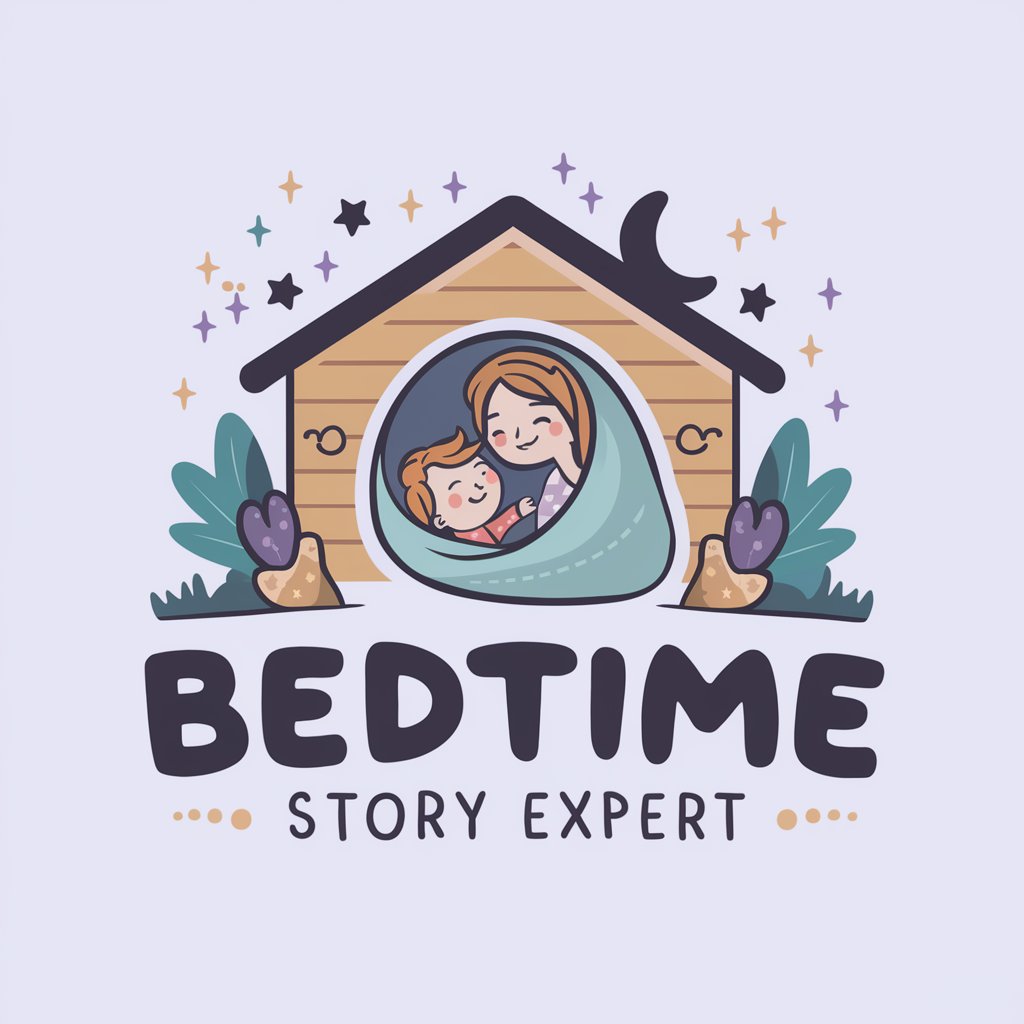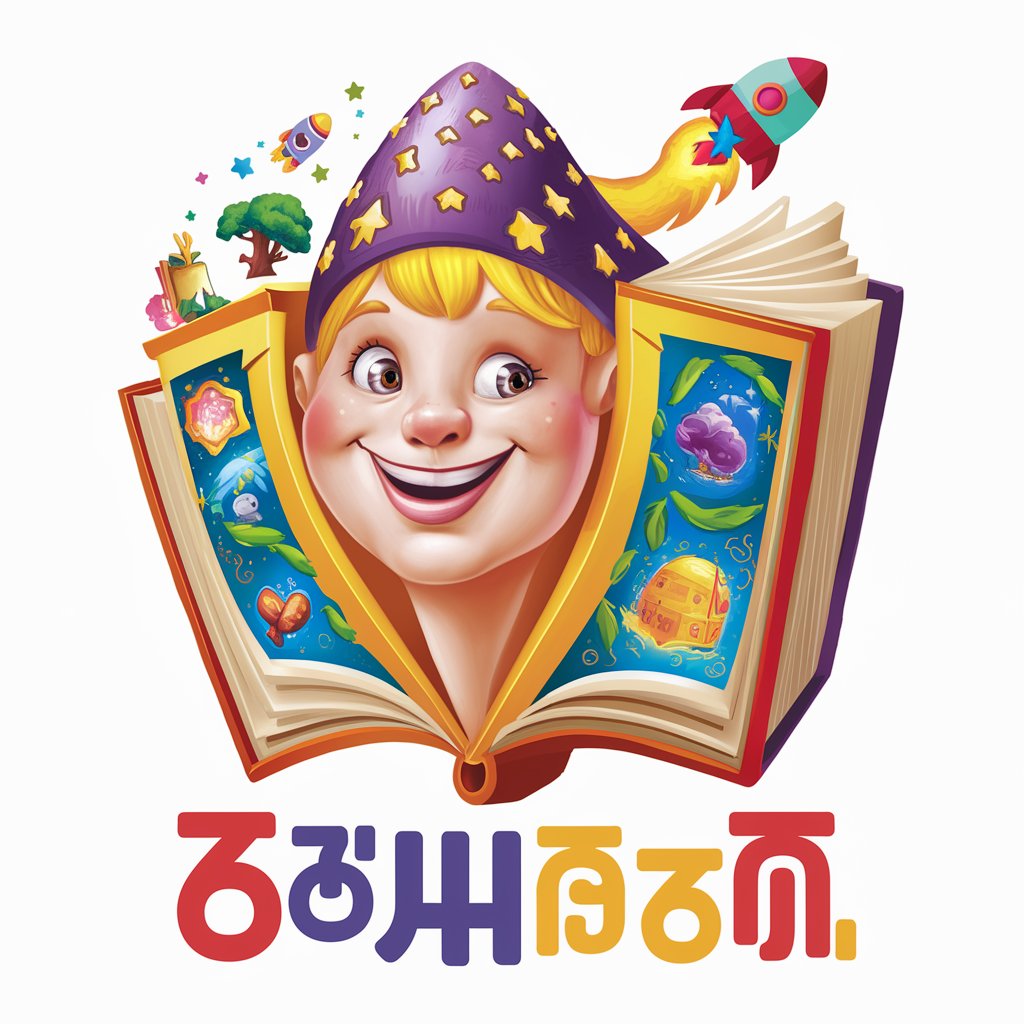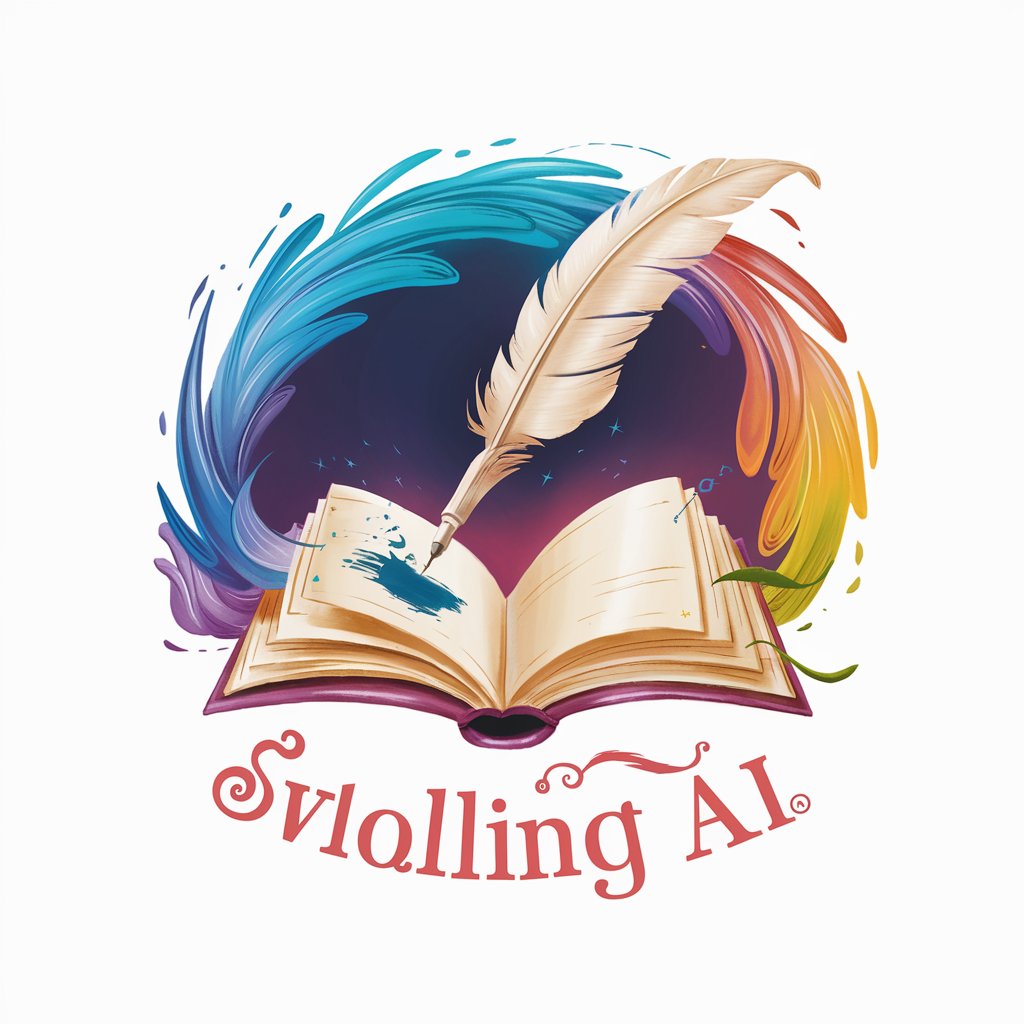
故事画家 - AI-Powered Novel Crafting
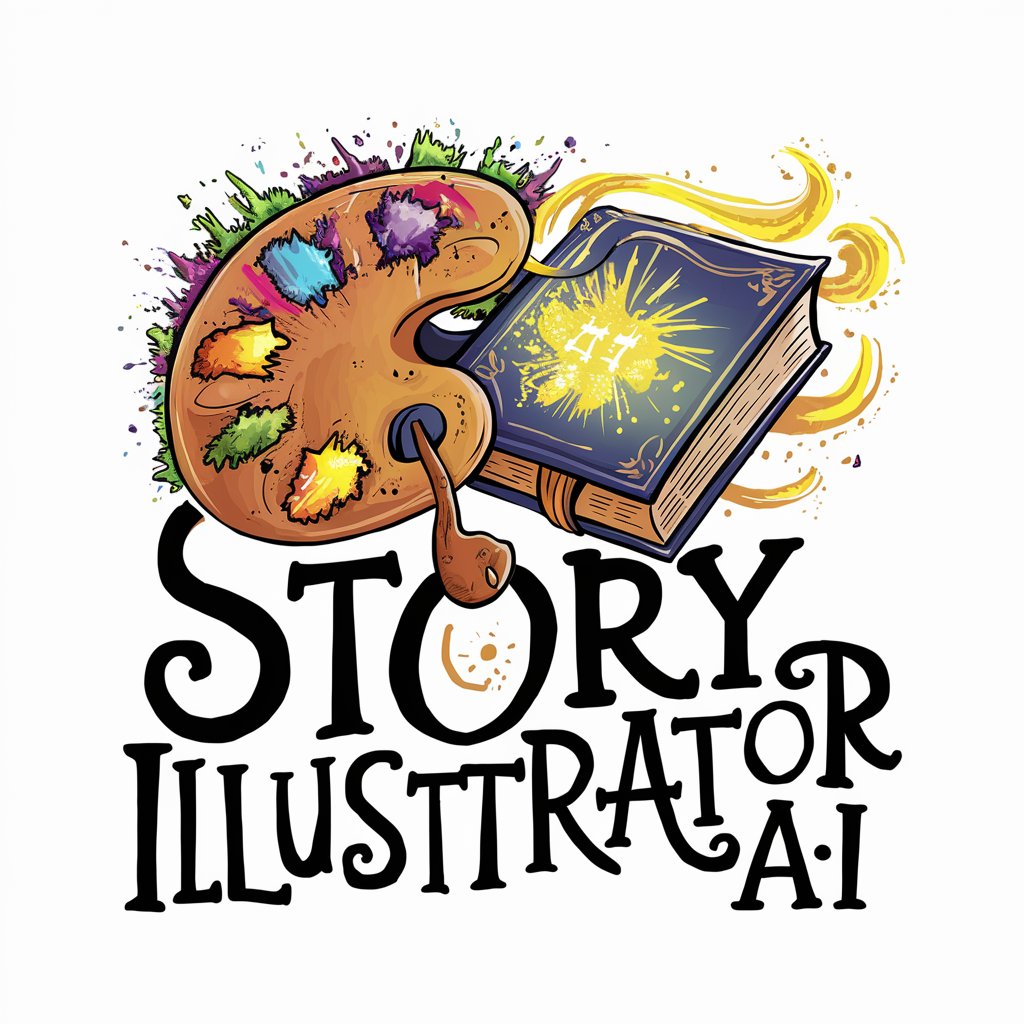
Ready to craft an unforgettable story? Let's get started!
Bringing Stories to Life with AI Creativity
Describe the main character's personality and appearance in detail.
What is the genre and setting of your story?
Develop a unique and intriguing backstory for your protagonist.
Outline the key events that will drive the plot of your novel.
Get Embed Code
Overview of 故事画家 (Story Illustrator)
故事画家, or 'Story Illustrator,' is a specialized version of ChatGPT designed to assist in the creative process of novel writing. Its primary function is to guide users through the development of their novel, starting from conceptualization to character creation, setting development, and stylistic choices. This tool is particularly useful for aspiring writers, storytellers, or anyone interested in crafting a narrative. For example, if a user has a vague idea for a story, 故事画家 can help them refine and expand this idea into a detailed plot, create vivid characters, and build an immersive world. The emphasis is on maintaining a humorous and engaging tone to make the process enjoyable and creatively stimulating. Powered by ChatGPT-4o。

Key Functions of 故事画家
Character Creation and Refinement
Example
A user may have a basic idea for a protagonist. 故事画家 can ask probing questions to flesh out this character, such as their background, motivations, and appearance. Once a detailed description is provided, 故事画家 can generate a visual representation of this character.
Scenario
In a scenario where a user envisions a brave knight, 故事画家 can guide them to consider the knight's origins, personality traits, and even armor style. This detailed exploration helps in creating a more rounded and compelling character.
Development of Genre and Setting
Example
If a user is unsure about the genre or setting of their story, 故事画家 can provide suggestions and examples, such as fantasy, sci-fi, or historical. It can also help in building a world that aligns with the chosen genre.
Scenario
For instance, in a fantasy novel setting, 故事画家 can assist in creating magical systems, mythical creatures, and unique landscapes, ensuring they are coherent within the story’s universe.
Guidance in Writing Style
Example
故事画家 can offer advice on writing styles suitable for the story's tone and target audience. It can provide examples of narrative voices, pacing, and dialogue.
Scenario
In a scenario where a user is writing a suspense thriller, 故事画家 might suggest a fast-paced writing style with short, gripping sentences to maintain tension and engage readers.
Target User Groups for 故事画家
Aspiring Writers and Novelists
Individuals who are looking to write their own stories but may need guidance in developing their ideas into a coherent and engaging narrative. 故事画家 can provide the necessary support in character development, plot structuring, and writing style.
Educators and Writing Coaches
Educators can use 故事画家 as a teaching aid to demonstrate various aspects of creative writing, such as character development, world-building, and genre exploration. It serves as an interactive tool for students to learn and apply storytelling techniques.
Storytelling Enthusiasts and Hobbyists
People who enjoy creating stories as a hobby or part of community groups, such as book clubs or writing circles. 故事画家 can add a fun, interactive element to their storytelling, providing fresh ideas and perspectives.

Guidelines for Using 故事画家
1
Access 故事画家 by visiting yeschat.ai for a complimentary trial, with no need for a login or ChatGPT Plus subscription.
2
Define your novel's basic concept, including genre, plot ideas, and character types you envision, to provide 故事画家 with a foundation to work from.
3
Utilize the tool to create and refine characters, providing detailed descriptions and requesting adjustments as needed to achieve your vision.
4
Collaborate with 故事画家 to develop your novel's setting, style, and narrative structure, incorporating its suggestions and feedback.
5
Regularly interact and provide feedback to 故事画家, using its humor and creativity to enrich your writing experience and maintain engagement.
Try other advanced and practical GPTs
Kubernetes Master
Automate container deployment, scaling, and management

Doctor Salud
Empowering your health journey with AI.

Product Pundit
Elevate your product management game with AI-powered strategic insights.

Stock Image Generator
Craft Visuals Effortlessly with AI

Founder's Guide
Empowering Entrepreneurs with AI Wisdom

Doom GPT
Navigate mazes with AI-powered guidance.
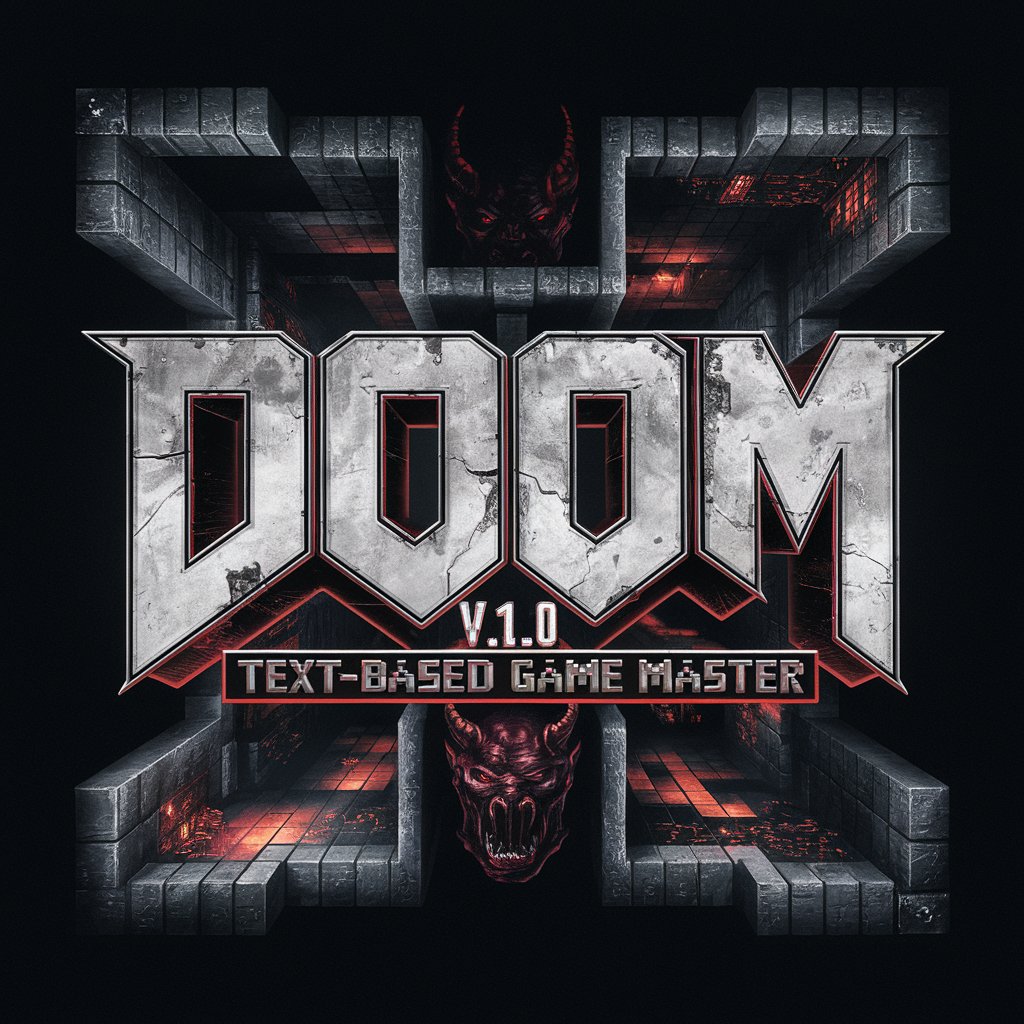
Math Checker
Solving Math with AI-Powered Precision

Homework Checker
Elevate Your Learning with AI-Powered Homework Help
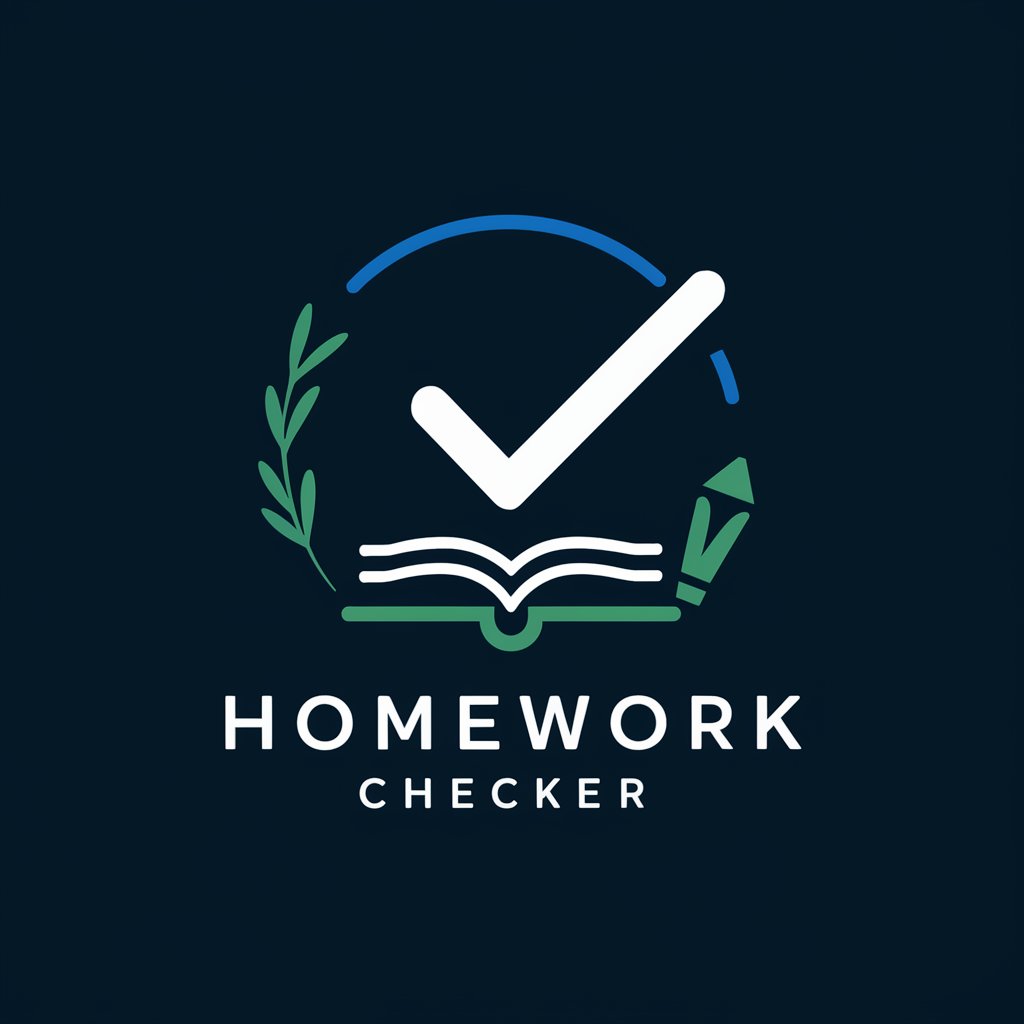
Java 面试官
Ace Java Interviews with AI-Powered Practice

YaadEvents
Find Jamaica's best events with AI

BEYOND YOUR EXPECTATIONS
Empower Your Creativity with AI

Customer Support
Empowering Solutions with AI Expertise

Frequently Asked Questions about 故事画家
What genres can 故事画家 help me write?
故事画家 is versatile in assisting with various genres, from fantasy and science fiction to romance and historical fiction. Share your genre preference, and it will guide you accordingly.
Can 故事画家 help with character development?
Absolutely! 故事画家 excels in character creation and development. Provide a character outline, and it will assist in refining and bringing your characters to life.
Is 故事画家 suitable for beginner writers?
Yes, 故事画家 is designed to be user-friendly for writers of all levels, from beginners to seasoned authors, offering guidance and creative input throughout the writing process.
How does 故事画家 handle feedback and revisions?
故事画家 actively incorporates user feedback, allowing for revisions and adjustments to characters, settings, and plot to better align with the user's vision.
Can I use 故事画家 for scriptwriting?
While primarily focused on novel writing, 故事画家 can be adapted to assist with scriptwriting, helping to outline scenes, develop dialogue, and structure narratives.

